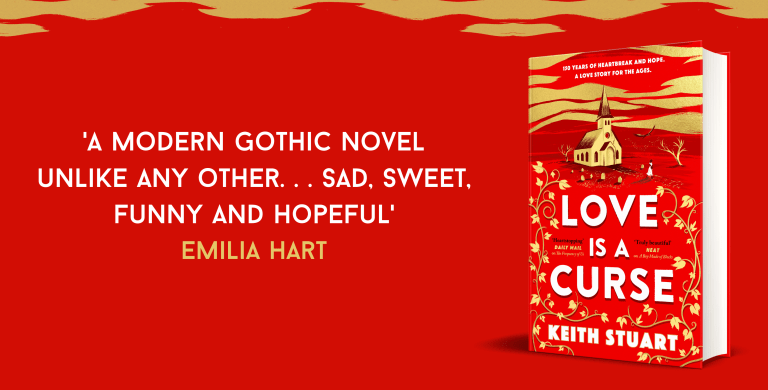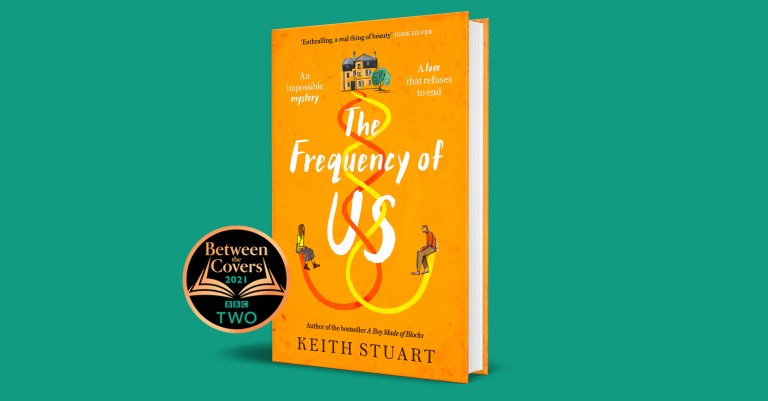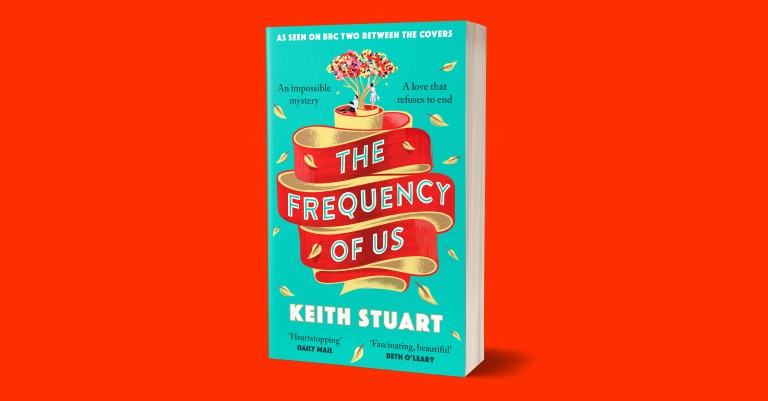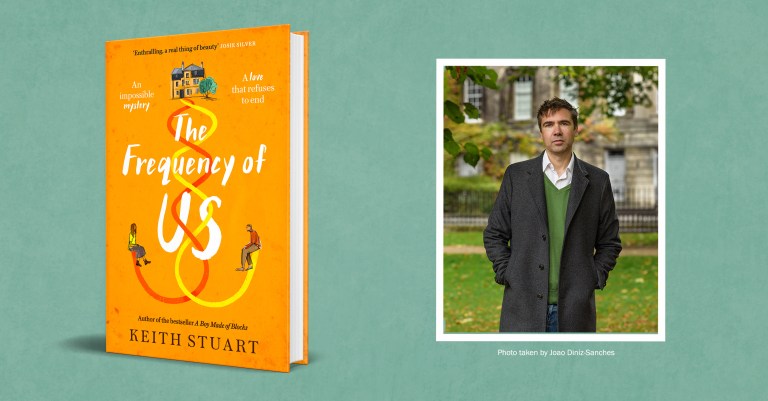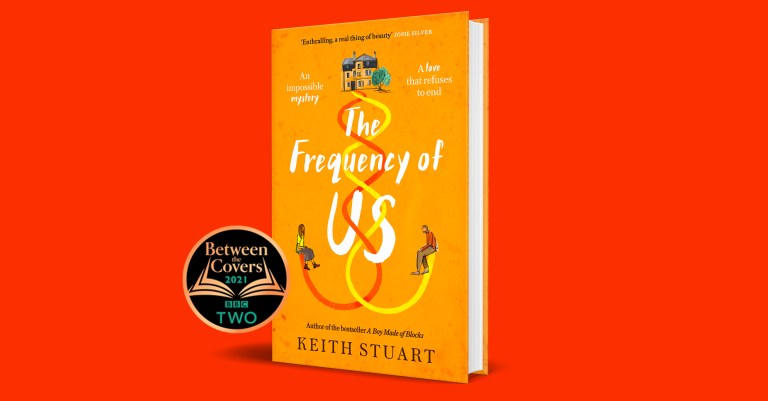How to research a historical novel: Keith Stuart on The Frequency of Us
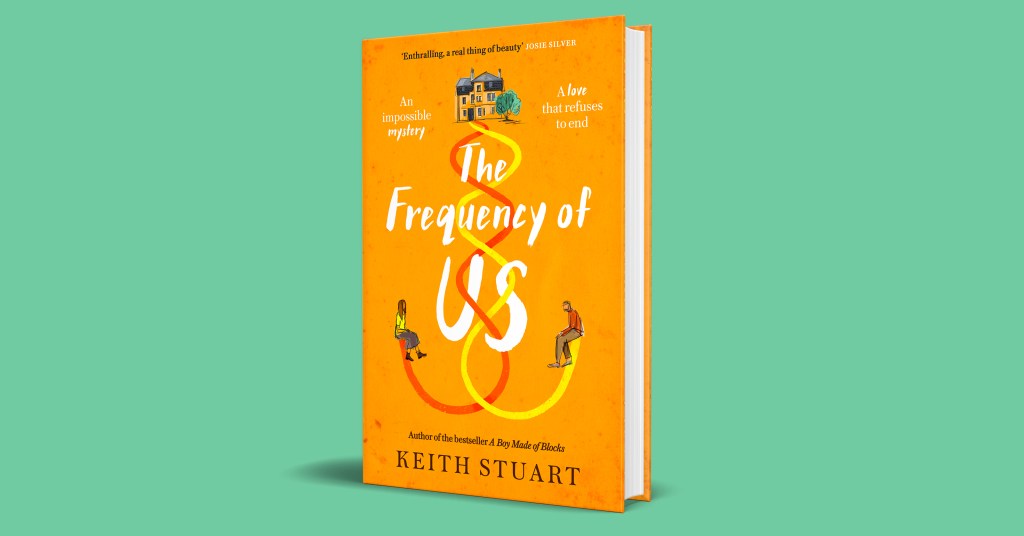
The Frequency of Us: using primary source materials
One of the really important parts of writing a historical novel is finding good primary source material for the period. History books are handy for providing the broad sweep of the times, but things like diary entries, newspaper articles and photographs give you vital glimpses into how people actually lived, worked, talked and shopped, and it’s this sort of everyday info that makes characters and locations feel authentic. This was something I discovered really quickly when beginning work on The Frequency of Us. The novel is partly set in Bath between 1938 and 1942, which is not a period in the city’s life that’s covered much in history books, so I had no idea what the city was like at this time. I needed to find contemporary sources.
Local newspapers are a really good source of info on a period, and not just for the big headline stories. Opinion columns, letter pages, advertisements and community news sections all provide priceless information on what normal people were actually doing and thinking about. I spent many days at the Bath Records Office at the Guildhall, going through old copies of the Bath Chronicle, either online via the British Newspaper Archive or via the office’s microfiche machine. I needed to find out how immigrants to Bath were being treated during the early days of the Second World War, especially German and Austrian immigrants and I found lots of fascinating stories about men and women being arrested or fined for having the wrong papers or not registering correctly with the police. I actually quoted one story, about German and Austrian women being rounded up and taken to internment camps, in the book and it became a key scene in the story. There’s no way I would have discovered it if I’d relied solely on history books.
I also met up with two brilliant local historians, Cath Spence and David McLaughlin, who were goldmines of information on what Bath was like between the wars – how the city was losing its appeal to tourists and becoming rather dull and decrepit, and how the arrival of the Ministry of Defence (which moved thousands of its staff out of London and into the centre of Bath in 1939) helped revive the local economy – and the night life. They also pointed me to lots of out of print books, written in Bath at the time. David lent me a copy of The Golden House by Horace Annesley Vachell, a novel set in and around Widcombe Manor, where the author lived, and including lots of real-life local controversies – a really fascinating read. He also directed me to the wonderful Darling Madame, a biography of the novelist Sarah Grand by her friend and protege Gillian Kersley, which includes a diary section detailing their social lives. There was a lot of ‘taking tea’ in various cafes, which confirmed the idea of Bath as a quaint and conservative place, but there are lots of lovely little details – during the very cold winter of 1940, Kersley writes that the telegraph wires were encased in tubes of ice, and the trees jangled with icicles in the breeze.
The Oxfam shop in Bath became a really important place to pick up interesting local history books filled with contemporary recollections. The Last Fighting Tommy is a memoir written by First World War soldier Harry Patch who was born in Combe Down, and became a firefighter in the city during World War Two. He gives an account of the Bath bombing raids which provides lots of little details, such as the way the German planes came in very low over the streets, machine gunning the roads to stop firefighters putting out the incendiary bombs. There’s a little scene where Tommy’s wife looks at the sky lit up by German flares and says how beautiful it is – it’s something you wouldn’t expect someone to think during a raid, but it’s honest and true, and it’s in those contrasts – between terror and fascination – that characters come alive. I also found a copy of Childhood Memories: Growing up in Kinsgead and Weston, a memoir of the author’s childhood in working-class areas of the city in the 20s and 30s. She has lots of wonderful memories of everyday life – she would take a pillow case to Fortt’s delicatessen on Milsom Street and for a penny, they’d fill it with cakes and buns that were unsold from the day before. She also used to go up to Sham Castle and look for grass snakes with her sister, and I used that memory in The Frequency of Us.
Finally, searching Google Books is a really good way of finding out of print and rare manuscripts. One example I discovered was The End of an Era: The Memoirs of a Naval Constructor by R. J. Daniel, who was stationed in Bath during the war. The MOD took over several of the big hotels in town, including the Empire and the Pulteney, and Daniel gives a fascinating account of the terrible state they were in since tourism in the town was dwindling. In the Empire Hotel, the floors were so rotten, the MOD had to put in massive timber struts to ensure the staircases didn’t collapse. I found this so interesting, I included a naval office in one scene of Frequency of Us, complaining bitterly about the state of the city.
Many of the details I researched didn’t make it into the novel, but I like to think they helped add flavour to the historical scenes I wrote. While I was studying drama at university, we spent a lot of time analysing the work of the Russian theatre practitioner Konstantin Stanislavski, who virtually invented naturalistic acting in the late-19th century. He argued that it was vital for an actor to completely understand and visualise the world that their character existed in, and to create this as a reality in their minds while on stage. It’s a theory of acting that would later be taken to its extremes by method actors like Marlon Brando and Robert de Niro. I think authors of historical fiction have to do something similar – they need to utterly understand the intricacies of the period, the way people spoke to each other, what they wore, what they did for fun – and even if these details aren’t used, they get you into the right frame of mind – they add nuance. Writing, I think, is as much about feeling as it is about style or structure. Listening to the voices of people who lived the lives you’re trying to recreate makes your characters palpable. It lifts them from the page.
Pre-order Keith’s new novel, The Frequency of Us, now using the links below.

